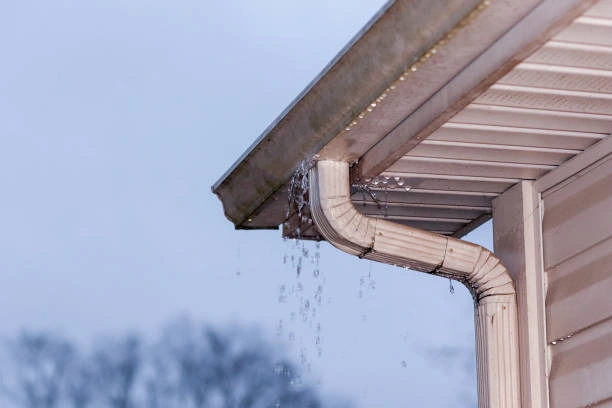Vent pipes are a crucial component of plumbing systems, allowing for proper ventilation and releasing gases generated during drainage. These vertical pipes extend from the drainage system and protrude through the roof of a building, providing a pathway for air to enter and exit the plumbing system. While vent pipes are designed to facilitate airflow and prevent pressure buildup within the pipes, homeowners may wonder whether rainwater can enter vent pipes and potentially cause issues. In this article, we’ll explore the role of vent pipes in plumbing systems, examine the potential for rainwater infiltration, and discuss strategies to prevent water from entering vent pipes.
Understanding Vent Pipes in Plumbing Systems:

- Equalizing Pressure: When wastewater flows through drain pipes, it creates negative pressure within the pipes, which can impede water flow and lead to drainage issues. Vent pipes help equalize the pressure by allowing fresh air to enter the plumbing system, preventing vacuum formation and maintaining optimal pressure levels.
- Preventing Trap Siphoning: Plumbing fixtures such as sinks, toilets, and showers are equipped with water traps, which hold water to prevent sewer gases from entering the building. Vent pipes ensure these traps remain effective by providing a pathway for air to enter the drainage system, preventing trap siphoning, and maintaining a barrier against sewer odors.
- Removing Sewer Gases: Vent pipes allow sewer gases, including methane, hydrogen sulfide, and ammonia, to safely escape into the atmosphere, reducing the risk of indoor air pollution and health hazards.
Potential for Rainwater Infiltration:
- Wind-Driven Rain: During heavy rainstorms or high winds, rainwater may be forced horizontally into vent pipes through the open ends or vent caps, mainly if the vent pipes are at or near the roofline.
- Defective Vent Caps: Vent caps, also known as vent pipe covers or flashings, are installed at the top of vent pipes to prevent entering water, debris, and pests. If vent caps become damaged, loose, or improperly installed, they may allow rainwater to seep into vent pipes.
- Clogged Vent Pipes: Debris, such as leaves, twigs, and bird nests, can accumulate in vent pipes over time, obstructing airflow and creating opportunities for rainwater to collect and pool.
- Improper Installation: In some cases, vent pipes may be installed at angles or orientations that promote the accumulation of rainwater rather than drainage. Poorly designed or installed vent pipes may be more susceptible to water infiltration during rain events.
Preventing Water Entry into Vent Pipes:
- Inspect and Maintain Vent Caps: Regularly inspect vent caps for signs of damage, corrosion, or deterioration and replace them as needed. Ensure vent caps are securely attached to vent pipes and provide a tight seal to prevent water entry.
- Clear Debris from Vent Pipes: Periodically inspect vent pipes for signs of obstruction and clear any debris or obstacles that may impede airflow and drainage. Use a plumbing snake or compressed air to remove stubborn blockages.
- Install Rain Caps or Cowls: Consider installing rain caps or cowls over vent caps to protect against wind-driven rain and debris. These specialized covers deflect water from vent pipes while allowing proper ventilation.
- Correct Vent Pipe Orientation: Ensure vent pipes are installed at the proper angle and orientation to promote drainage and prevent rainwater pooling. Consult with a licensed plumber or building professional if you suspect that vent pipes are improperly installed.
- Regular Maintenance: Incorporate vent pipe inspection and maintenance into your routine home maintenance schedule. Regularly check for signs of water infiltration, corrosion, or damage, and address any issues promptly to prevent further damage to your plumbing system.




